About a year ago, shortly after our move, where I felt every single item, every piece of clothing, every sock in my hand at least once, I experienced the horror scenario of every knitter: textile moths - A moth hole in my Diary Cardigan. It didn't stop there. Shocked, I pulled all my knits out of the closet, unfolded them, and found larvae. In knits. In knits I had knitted myself. I wanted to cry. I called Sophia, my expert in moth control. "ichneumon wasps!" she called out to me, "get some ichneumon wasps!" Put everything that is infested and still salvageable in the freezer. That will be fine.
Again and again I had read about infested stashes in our Maschenfein community, never had the subject of moths affected me myself, I was careless. I thought I was safe. Nothing would happen.
A week later, I was handing out little cards in my closets. Little cards with small, wandering black dots. Today I present to you Perla Natura, a company specializing in textile and food moths. They know. How to take precautions, how to care, how to act and how to take care when it's too late. There you get exactly what you need. Even ichneumon wasps, if it is too late.
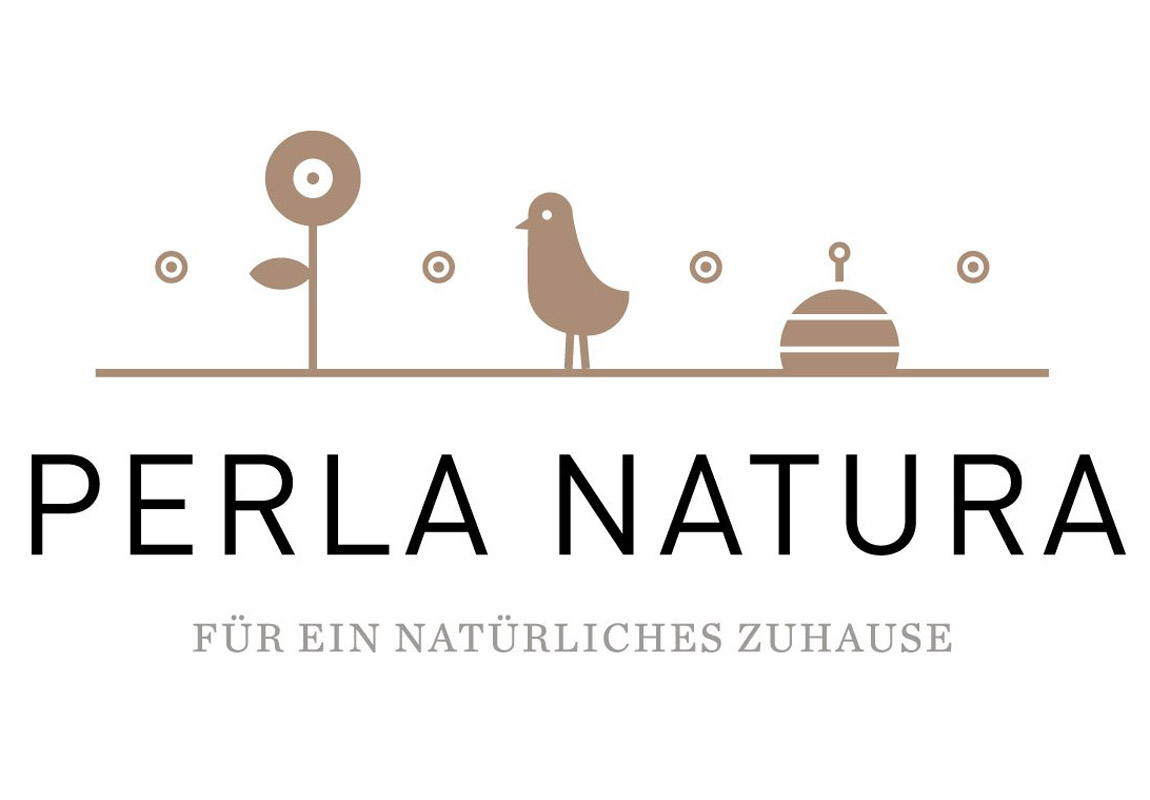
I wish you a lot of fun while reading, the text and also the detailed telephone conversation, which I could lead with Daniel because of our food moth infestation in the kitchen, opened my eyes very much. I will now certainly take better care to keep the moths away completely - and maybe now and then chase a few ichneumon flies through the cabinets.
And we also have a goodie for you: With the code "Maschenfein10" you get 10% off your shopping cart at Perla Natura until September 30, 2019.
Dear Perla Natura team, we are delighted to welcome you to our blog today. Maschenfein is one of the largest German-speaking online stores for wool, knitting and crochet accessories. Many, many women (and also men) knit and network in our Maschenfein community on Facebook or Instagram and of course the topic of moth control comes up again and again. Usually when it's just too late and one of our fellow knitters has discovered moth holes in their painstakingly knitted favorite pieces. The term "ichneumon wasps" comes up again and again...
Tell us a little about yourselves, who founded Perla Natura and how did it come about? How did you come to the topic of moth control?
It started in 2012 with the purchase of a scratching post for our two male cats. As it turned out later, this was patient zero and from him then the infestation of moths spread first in the bedroom and then in the living room. In the beginning, you slay the moths and buy a moth trap to combat the infestation. Put lavender or cedar wood in the closet, freeze the woolens and assume that these measures will solve the problem. Then over time we realized, this problem unfortunately will not be controlled this way. We did not want to spread poisons in the bedroom. So we researched further and looked into the use of beneficial insects to control pests - a method that was already widely used in agriculture at the time. Then in 2013, Perla Natura was born. In January 2014, our online store went live and since then we have been providing our customers with ichneumon flies. In the beginning, the acceptance of putting live insects in your closet was not very high but in the past five years, environmental awareness and skepticism about poisons - fortunately - has evolved.
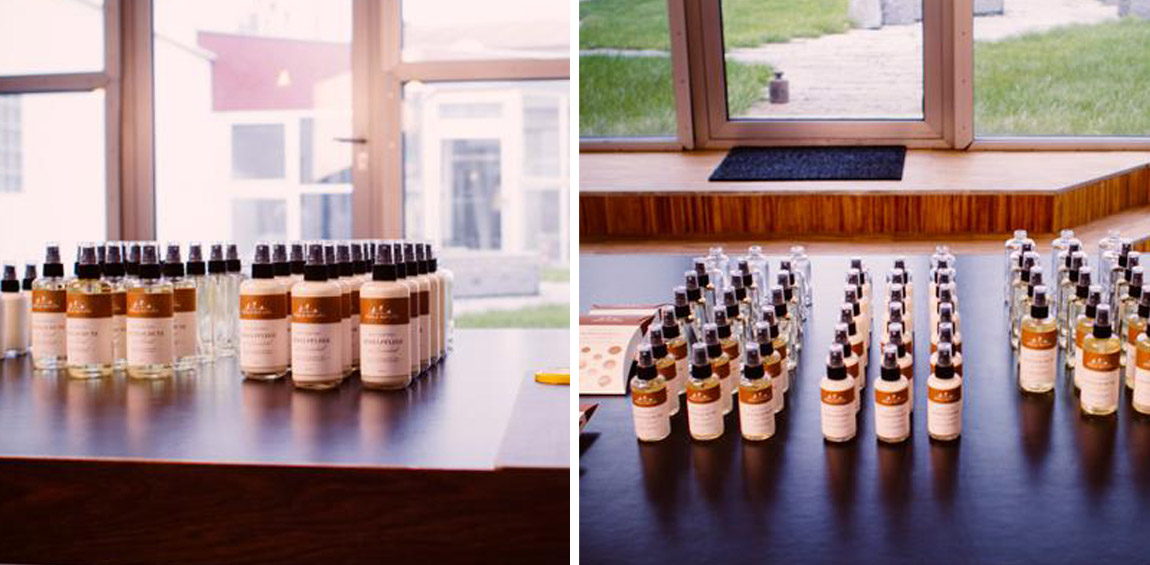
filled, glued and shipped
by hand.
How do moths get into our closet in the first place?
Quite different. Of course, moths can fly into the apartment or house through the open window. Depending on where you live, this happens more or less. Most often, the moths are directly bought or brought in. Moth eggs can "lie around" for up to two years before the first moth larvae hatch. This depends on the humidity and temperature. For this reason, the closet is suddenly full of moths in the spring and you wonder where they came from. The moth eggs were either laid in the fall or brought in during the winter.
In the kitchen it is very similar. Here the moths are bought in with dry foods. The more natural the food, the higher the probability.
Let's say we have a heavy infestation, a moth hole and maybe even discover larvae in our knitwear. How do we proceed? What do we do with infested garments?
Most importantly, stay calm and do not panic pull everything out of the closet. It is always not only the clothes that are infested, but also the closet, dresser or shelf. Moths are quite clever and lay their eggs in such a way that they are not immediately discovered, so they also like to lay their eggs in the cracks of the closet. In case of visible infestation with larvae and or webs, we recommend spreading a few garbage bags on the floor in front of the closet and sifting through the clothes piece by piece and removing all larvae and webs. Immediately dispose of clothing that is already broken (i.e. can no longer be sewn). Vacuum out the closet afterwards and clean it with warm water only. Then immediately take out the garbage bags, the vacuum cleaner bag and the broken clothes and throw them into the garbage can. Afterwards, put the clothes away again and, ideally, start the ichneumon treatment quickly.
It sounds a little strange to put a card full of little critters in your closet. Isn't it kind of "gross" to let such little creepy crawlies in between our clothes (or even in the kitchen in case of food)?
Most people are put off by the term "wasps". Quickly arises the fear of being stung or that wasps fly around everywhere. These fears are completely unfounded. The name "wasp" has the hatchling wasps, because they reproduce parasitically and lay their eggs in the eggs of moths. Moreover, at a size of about 0.3mm, or one-third of a millimeter, they are nothing more than tiny black dots that scurry around but cannot fly. Once customers have seen the ichneumon flies live, fears are blown away. The hatched ichneumon wasps live for about five days. During this period, they do not eat any more food. The only focus is on finding moth eggs and reproducing. If there are no moth eggs left at the end, the ichneumon wasps are also gone. No one has to be afraid of having to fight the ichneumon wasps in the next step 😉.
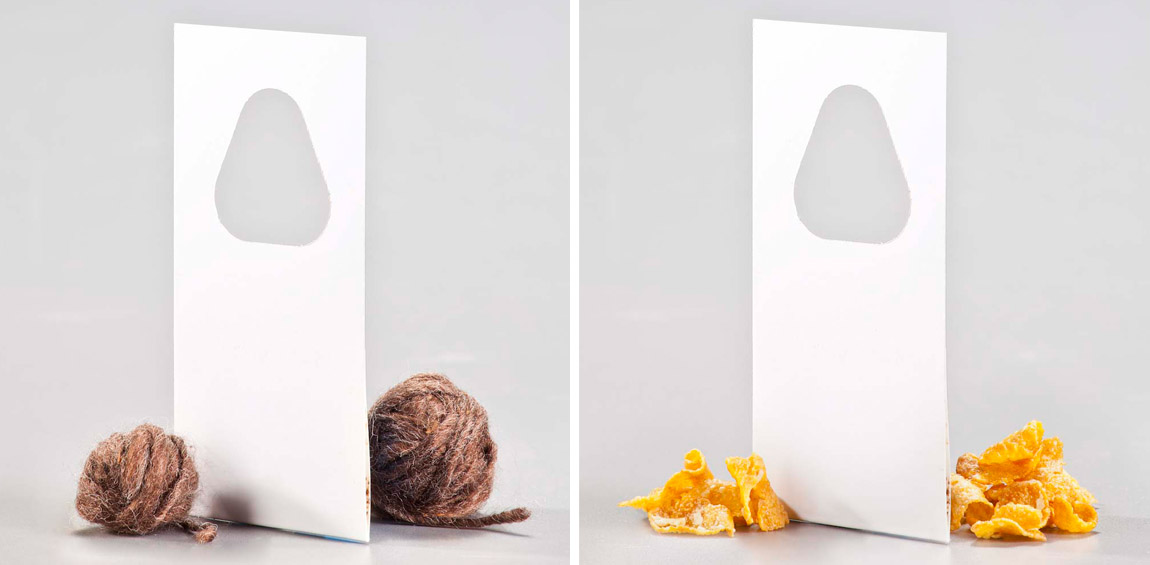
against clothes moths and on the right against food moths
.
How exactly do the ichneumon flies find the source of our moth infestation? Can we be sure to really stop the infestation with a sufficient load of ichneumon wasps?
The ichneumon flies find the moth eggs based on their very fine olfactory abilities, i.e. they have a sensitive sensory system for scents. Put simply they "smell" the moth eggs - although of course they do not have noses. For this reason, problems can always arise when customers apply strong odors in the form of sprays or detergents before the ichneumon wasp treatment. Often the tip is also given to wash out the closet with vinegar - it doesn't really help and the closet needs to be aired out for two to four weeks before the ichneumon wasp treatment. If the odors are too strong, the ichneumon wasps have problems picking up the scent of the moth eggs. Comparable to when you want to listen to music and there is a loud construction site in the background. Problems also occur when customers place moth traps too close to the ichneumon flies. The moth traps are usually pheromone based and their scent is supposed to attract the male moths - but resembles that of the moth eggs ... the result is then many ichneumon wasps in the trap. For this reason, we recommend placing the moth traps at least two to three meters away.
Often the mistake is made to order too few cards. The ichneumon wasps on a card manage to spread over about one square meter and search for moth eggs in this area. As a rule of thumb, one card is needed per square meter of carpet. For shelves, cabinets and dressers, calculate one card per shelf, drawer or running meter of shelf. For example, a two-meter shelf with five shelves requires ten cards. For closets with clothing, you may have to calculate a little more generously, here it depends more on the amount of clothing. For two heavy Norwegian sweaters or alternatively for four thin wool sweaters you should calculate with one card.
How long does it take to get the moth infestation under control with the help of the ichneumon wasps?
For clothes moths, the treatment with ichneumon wasps lasts 12 to 14 weeks. Every 14 days we send the customer new cards with ichneumon wasp eggs. The cards contain eggs in various degrees of maturity to ensure that new ichneumon wasps hatch continuously over a period of three weeks. Now I'm sure many will wonder why we send new ichneumon wasps every two weeks if they hatch for three weeks? This is for simple reasons. 14 weeks is a long time and many do not keep track of when they are on vacation, for example, when they order. The extended hatch is our buffer, so to speak, to give the customer the possibility to postpone a delivery for a week if necessary. Sometimes shipments get lost in the mail, the buffer gives us the opportunity to send replacements. For the treatment it is very important to have continuously hatching wasps on the infested areas.
But briefly again about the duration - it depends on several factors. First, were the right spots discovered, were all spots discovered, and so on. Ideally, one discovers moth infestation in the closet, treats it and is rid of the moths for now. Unfortunately, many have a rather diffuse infestation, usually the infestation has existed for some time and the moth nests are not found. In such cases we recommend the following approach: At the beginning, concentrate on the largest suspected locations and place ichneumon flies there. At the same time, set up sticky traps and monitor weekly how many new moths are caught. Halfway through the treatment, i.e. in weeks six to seven, no new moths should be caught. If new moths are still caught in the traps, the search must continue.
The total time to get rid of the moths depends somewhat on the hit rate and how long the infestation has been there.
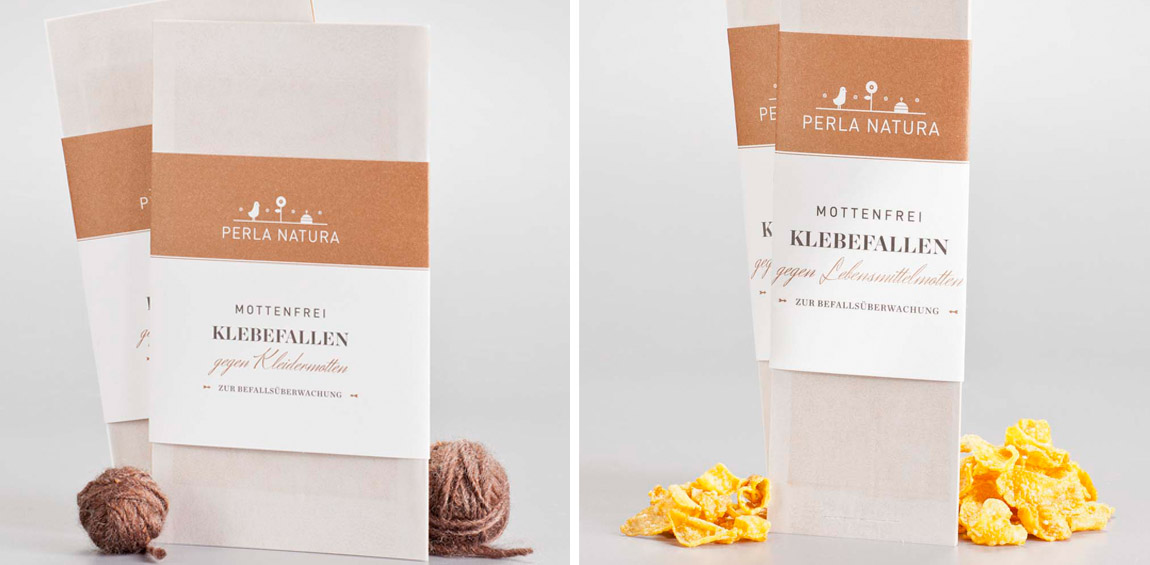
and on the right against food moths
.
Once we have defeated the moths with the help of the ichneumon flies, do we still need any precautions? What are these sticky traps good for? And should we send ichneumon flies into the closet every few months as a precaution?
Once the moths are gone, you should wait four to five weeks to see if they are really gone. After that, moth traps should be set up for better control, to be warned early in case of a new infestation. To spoil the moths' fun in the closet, we have a spray (furniture care) based on lavender oil, which is rubbed into the closet. For wooden wardrobes it is directly a care for the wardrobe. This keeps the moths out of the closet and the clothes don't smell like moth repellent.
Alternatively, we also have customers who are reluctant to use fragrances and use precautionary ichneumon wasps at regular intervals to the normal treatment twice a year - in about half the card quantity as before.
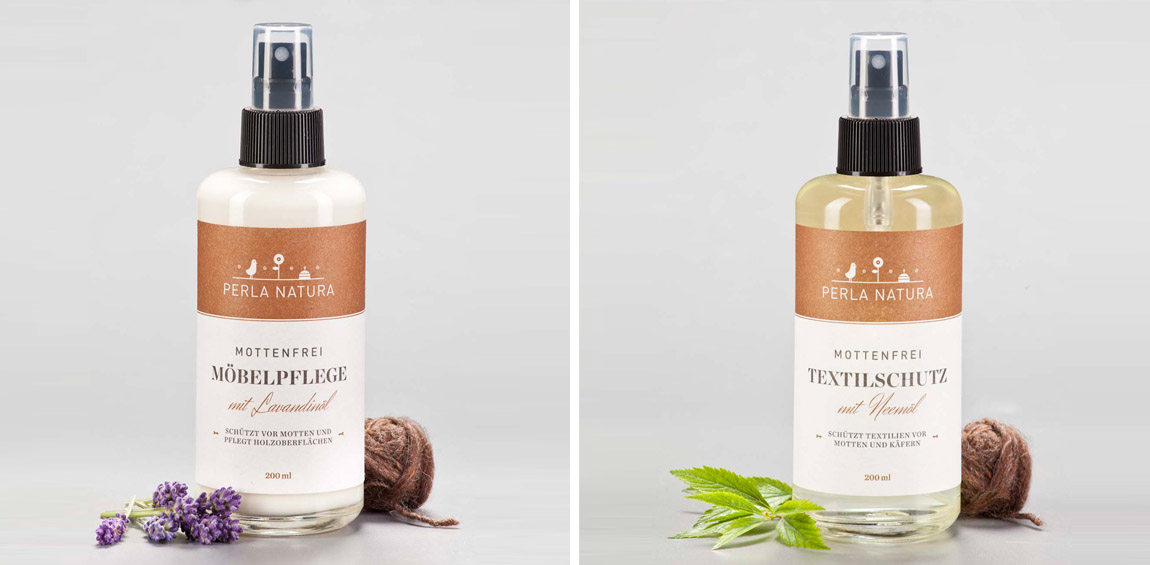
Do you guys still have the ultimate tip for "oversummering" winter knits?
Most importantly, do not stuff. Overstuffed closets are predestined for moth infestation. In any case, regular cleaning out is the first step towards good prevention. If you have pets such as cats or dogs, it's better to use the vacuum cleaner more often, because pet hair under cupboards is also a great source of food for moths.
If you want to pack away your winter clothes or store clothes in general because they are no longer worn, for example, you can use our neem oil-based textile protector. Neem oil drives away all insects and has the further advantage that moth larvae lose their appetite. The protection should be refreshed every 6 months. It is not suitable for clothes that are worn regularly. Many of our customers also use the textile protection for carpets.
Summary
Perla Natura offers organic products with natural ingredients for moth control, pre- and aftercare. Our range includes the following areas:
- Infestation analysis and monitoring - With our sticky traps for clothing and food moths, it is easy to observe whether there is infestation and how it changes in the course of treatment with ichneumon flies. Sticky traps can reduce the moth infestation but not really fight it. The sticky trap should also be replaced regularly. When it is full, but after 12 weeks at the latest, it is time to change.
- Control - To control clothes and food moths we offer ichneumon wasps. The shipment is made every 14 days. For clothes moths it is six deliveries and for food moths four deliveries.
- Pre- and aftercare - For pre- and aftercare we offer two different spray bottles. One is the lavender oil-based furniture care, which is used, for example, to rub the cabinet (outside and inside). The lavender scent keeps moths away. And secondly, the textile protection, this is based on neem oil and is used when clothes are stored or to protect carpets. We also have the classics such as lavender flowers and cedar chips in the assortment.
Thank you very much, dear Perla Natura team for the detailed explanations!
And for you, dear Maschenfein readers, use the discount code "Maschenfein10" in Perla Natura's online store to get 10% off your shopping cart until September 30, 2019. For a moth-free knitting life!
 In the mood for spring? Here you can find spring yarns
In the mood for spring? Here you can find spring yarns 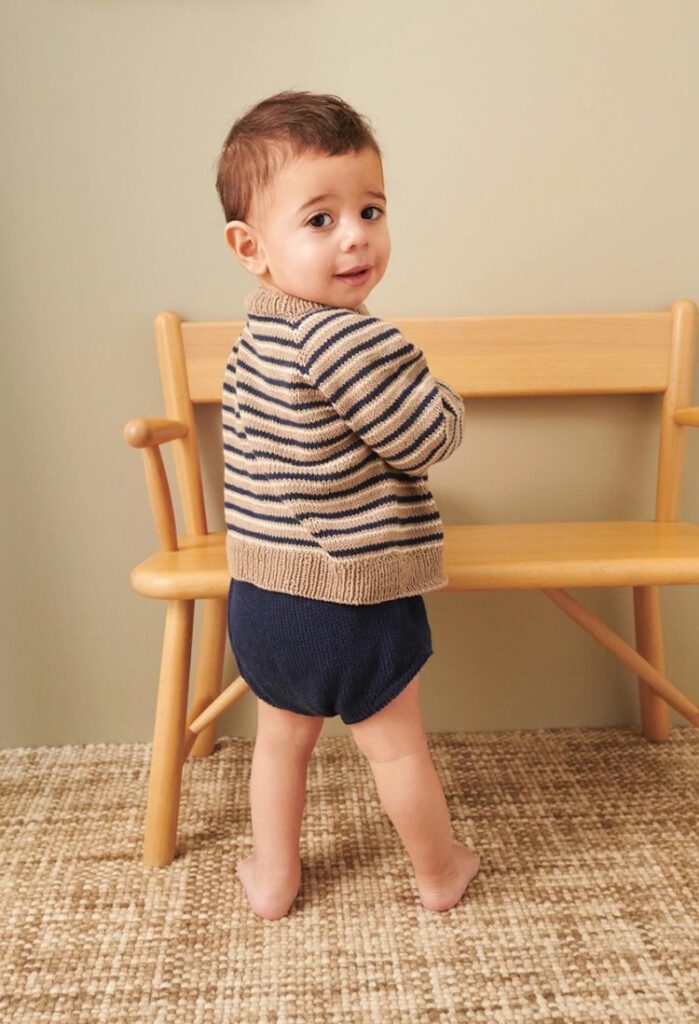 Neu - Sandnes 2407 - Sommerbaby
Neu - Sandnes 2407 - Sommerbaby  Neu bei uns - Lankava
Neu bei uns - Lankava  Hier findest du alle Maschenfein-Anleitungen
Hier findest du alle Maschenfein-Anleitungen

2 comments
Can I rub the outside of the cabinet with the mothschuz oil
And at the same time apply inside ichneumon flies?
Hello, yes, you can do that. Many greetings, Marisa